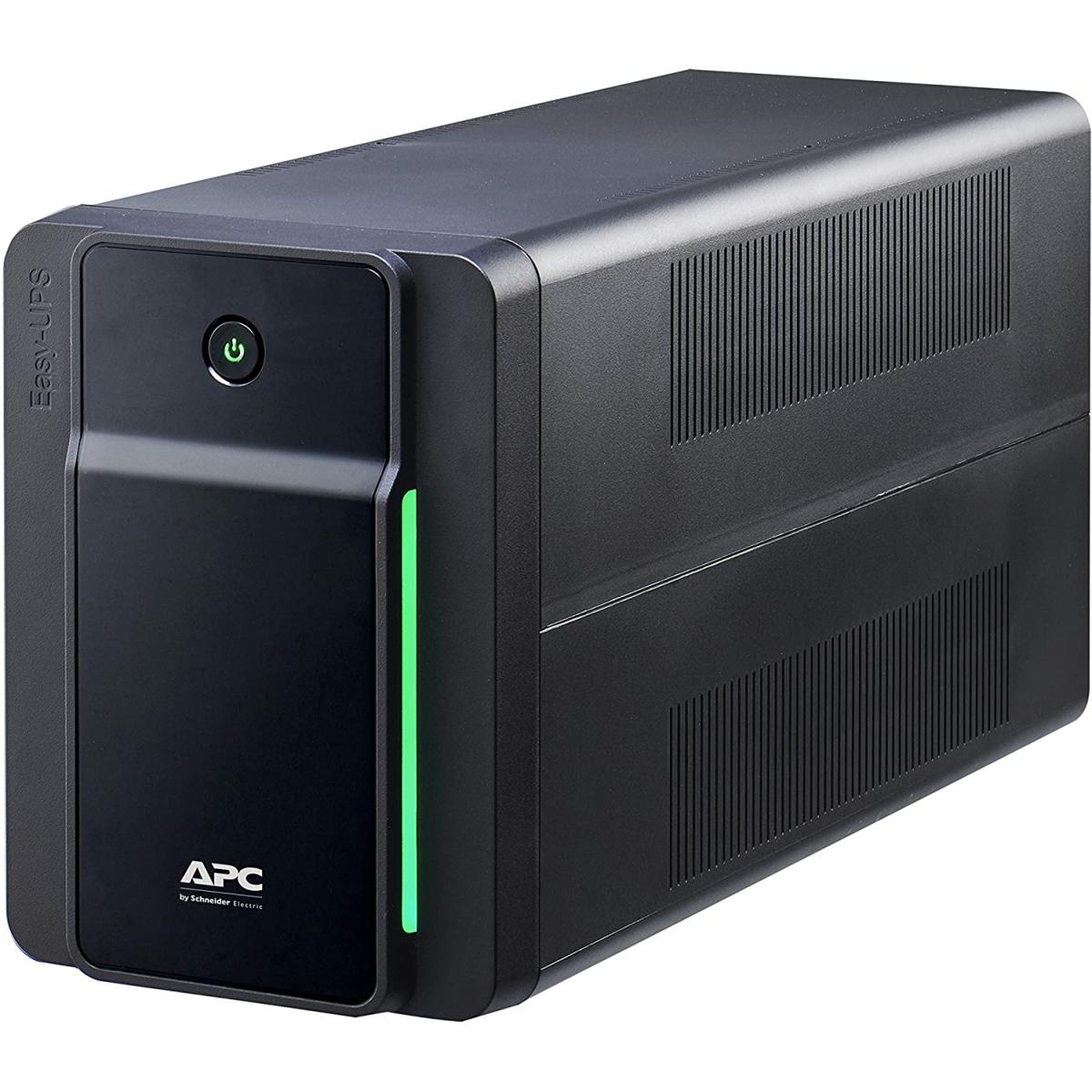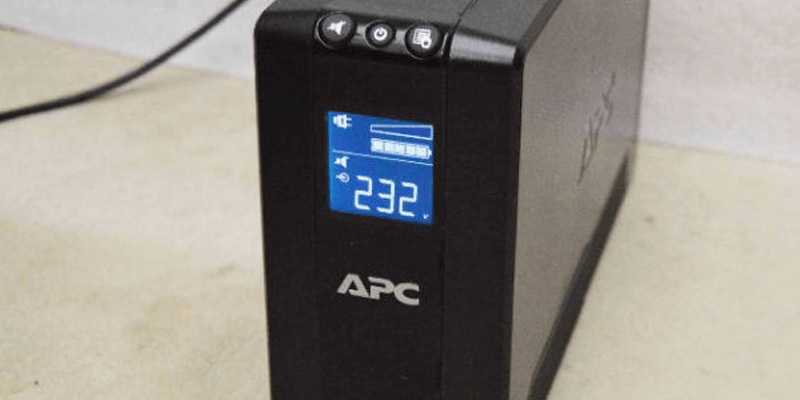

- #BATTERY BACKUP SURGE PROTECTOR PORTABLE#
- #BATTERY BACKUP SURGE PROTECTOR ANDROID#
- #BATTERY BACKUP SURGE PROTECTOR PRO#
- #BATTERY BACKUP SURGE PROTECTOR PLUS#
We also took into account customer ratings from online retailers like Amazon and Best Buy, using them to calculate our Consumer Score.
#BATTERY BACKUP SURGE PROTECTOR ANDROID#
Then we consulted reviews from a range of trusted publications, including PC World, Wirecutter, and Android Central.
#BATTERY BACKUP SURGE PROTECTOR PORTABLE#
To select these portable battery packs, we relied on our own previous research on the subject and experience using similar devices. Chargers with a low power output (under ten watts) will charge your phone more slowly that your regular power adapter, while a higher output (up to 45 watts) will be able to easily charge most USB-C laptops relatively quickly. As you’d expect, the higher the output, the faster it provides juice-given your phone or other device supports that level of charging. You’ll also want to pay attention to the battery pack’s power output, which can indicate how fast it’s able to recharge devices. Some larger battery packs can even have a regular AC outlet built into them. While almost all of them will have at least one standard USB port to charge a range of devices, many also have Lightning connectors for Apple devices, as well as USB-C ports for newer smartphones, laptops, and other gadgets like the Nintendo Switch. This compact tower UPS is designed for workstations, monitors and network.
#BATTERY BACKUP SURGE PROTECTOR PRO#
APC Back-UPS Pro Compact provide backup battery power during power outages and continuously safeguard devices from fluctuating power conditions and surges.

ConnectivityĪnother important consideration when it comes to portable battery packs is connectivity. Protect computers, wireless routers, IOT devices, and security systems with the APC Back-UPS Pro Compact 1500VA. And that capacity can range from 1,000 or 1,500 in the smallest, most portable battery packs (enough to only partially recharge an average smartphone) to tens of thousands in higher capacity units-the biggest of which can weigh as much as the laptops they’re designed to power. Like your smartphone or laptop’s battery, a portable battery pack’s capacity is measured in milliamp hours (or mAh). If, on the other hand, you’re traveling a lot or regularly find yourself far from a power outlet for extended periods of time, you might be more inclined to trade some portability for added capacity that can let you recharge a number of devices (even a laptop) a couple of times over. If you often find yourself looking to top off your smartphone battery during your daily routine, you’ll likely want a more portable but smaller capacity battery pack that’s easier to carry with you. When deciding on a portable battery pack, keep in mind when and where you’re going to use it, and what you’ll be using it for.
#BATTERY BACKUP SURGE PROTECTOR PLUS#
Read on for buying advice and things to consider, plus reviews of stand-out models that are worth your hard-earned cash. Some might only be able to partially recharge your smartphone or tablet (or juice it more slowly than your wall charger), while others are able to quickly recharge multiple devices but might be more than you need. Choosing which one to get, however, isn’t.


surge pricing and charge your ride for less. Even if you’re not using it every day, it’s a great thing to keep on-hand (and juiced) in the event of an emergency, power outage, or if you just need something to run your lantern off of at the campsite.ĭeciding to get one is simple. Your battery backup time will vary based on home energy consumption, backup priorities, and storage systems. If you’re looking to avoid that stress in the future, a portable battery pack is a great way to give yourself some added peace of mind and ensure that your mobile devices are always charged when you need them. This means that 5% of the world's people generate 40% of the world's waste.Chances are you’ve been stuck more than once searching for an outlet to top off a dying smartphone battery. is the #1 trash-producing country in the world at 1,609 pounds per person per year. According to Recycling Revolution, The U.S.According to the National Recycling Coalition, simply recycling one glass bottle saves enough energy to light a 100-watt light bulb for 4 hours.The EPA estimates that 75% of the American waste stream is recyclable, but we only recycle about 30% of it.Recycling creates jobs! According to the National Recycling Coalition, recycling creates four jobs for every one job created in the waste management and disposal industries.Our stores recycle over half a million pounds (306 tons) of light bulbs and over 30,000 pounds (15 tons) of ballasts annually.Each year, our stores recycle about 47.5 million pounds of lead acid batteries - for comparison, that's more than the weight of 3,950 elephants - and more than 1.68 million pounds of all other chemistries including alkaline, lithium ion, NiCd, electronic devices, etc.


 0 kommentar(er)
0 kommentar(er)
